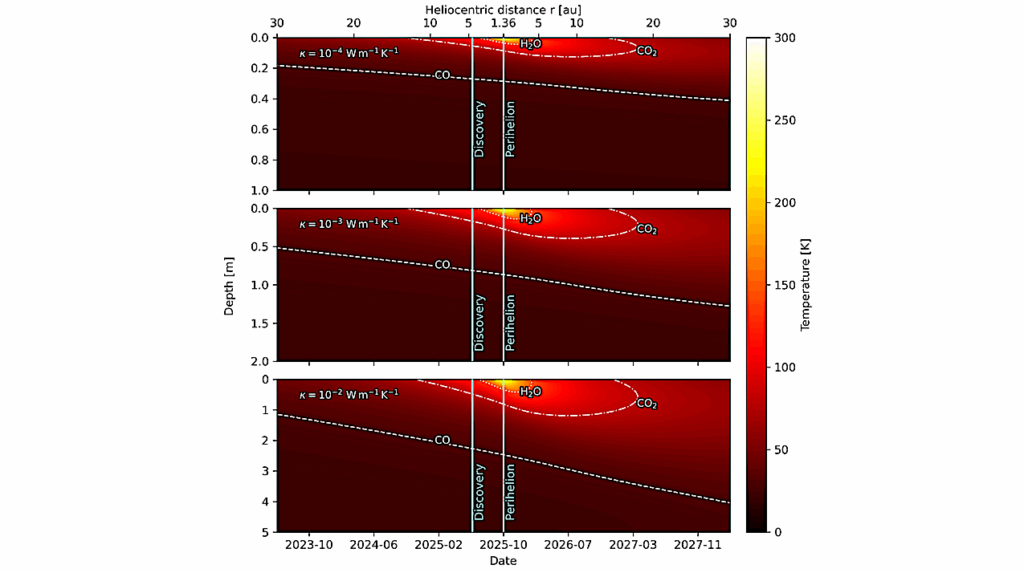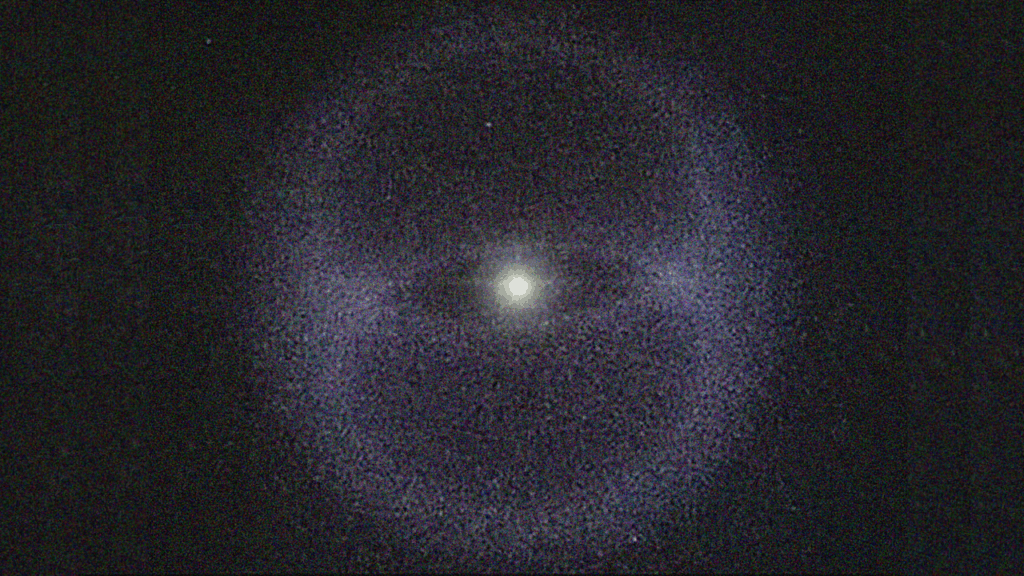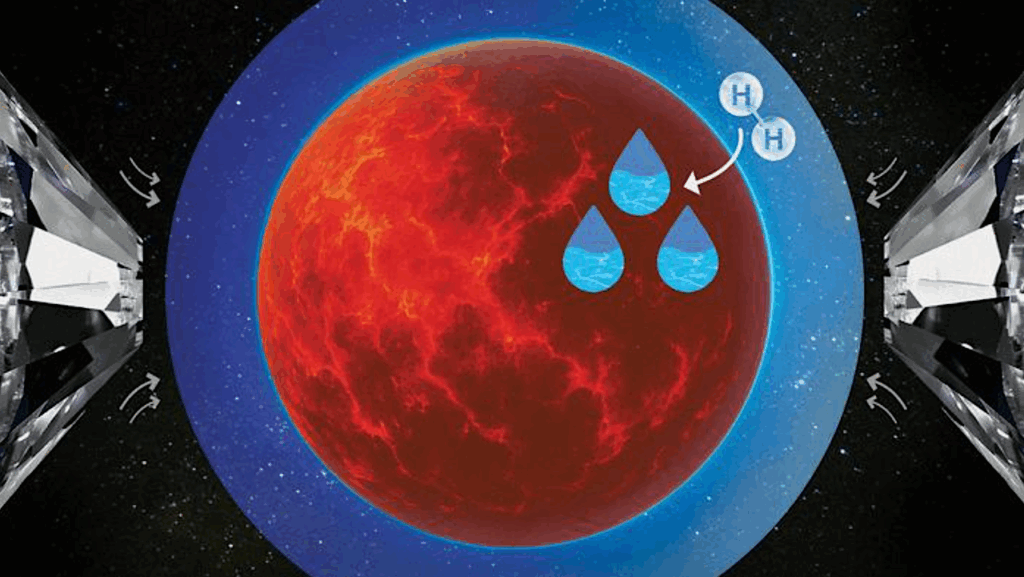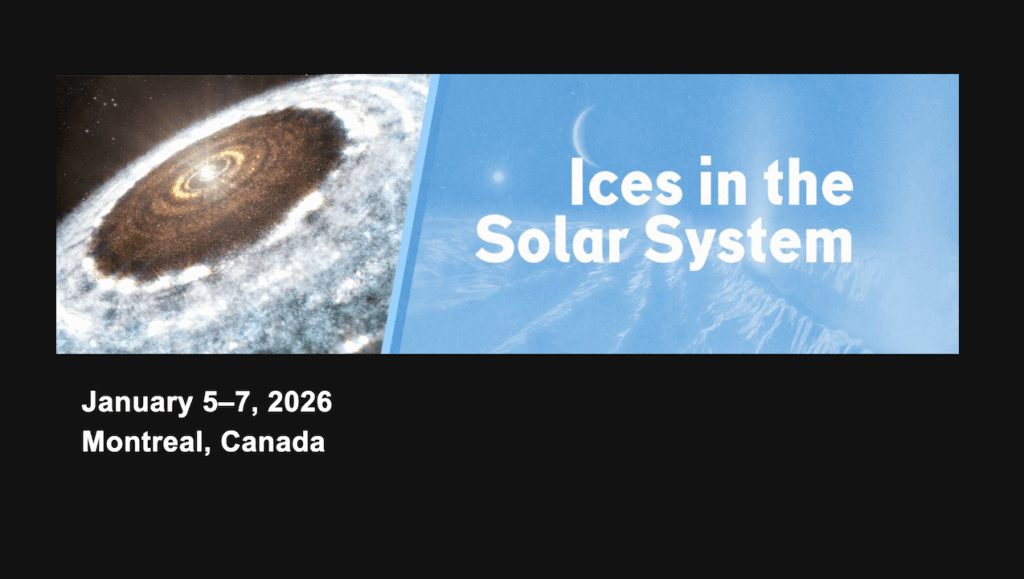Limits On Forming Coreless Terrestrial Worlds In The TRAPPIST-1 System

With seven temperate Earth-sized planets revolving around an ultracool red dwarf, the nearby TRAPPIST-1 system offers a unique opportunity to verify models of exoplanet composition, differentiation, and interior structure.
In particular, the low bulk densities of the TRAPPIST-1 planets, compared to terrestrial planets in our solar system, require either substantial amount of volatiles to be present or a corefree scenario where the metallic core is fully oxidised. Here, using an updated metal-silicate partitioning model, we show that during core-mantle differentiation oxygen becomes more siderophile (iron-loving) implying larger planet radii.
arge to oxidise all the iron in the core, if they differentiate from an Earth-like composition. Oxygen partitioning in rocky worlds precludes coreless planets up to about 4 Earth masses. The observed density deficit in the TRAPPIST-1 planets, and more generally in M dwarf systems if confirmed by future observations, may be explained by system-dependent element budgets during planet formation, which are intrinsically linked to their stellar metallicity.
Dongyang Huang, Caroline Dorn
Subjects: Earth and Planetary Astrophysics (astro-ph.EP)
Cite as: arXiv:2511.01231 [astro-ph.EP] (or arXiv:2511.01231v1 [astro-ph.EP] for this version)
https://doi.org/10.48550/arXiv.2511.01231
Focus to learn more
Submission history
From: Dongyang Huang
[v1] Mon, 3 Nov 2025 05:14:50 UTC (1,607 KB)
https://arxiv.org/abs/2511.01231
Astrobiology,








